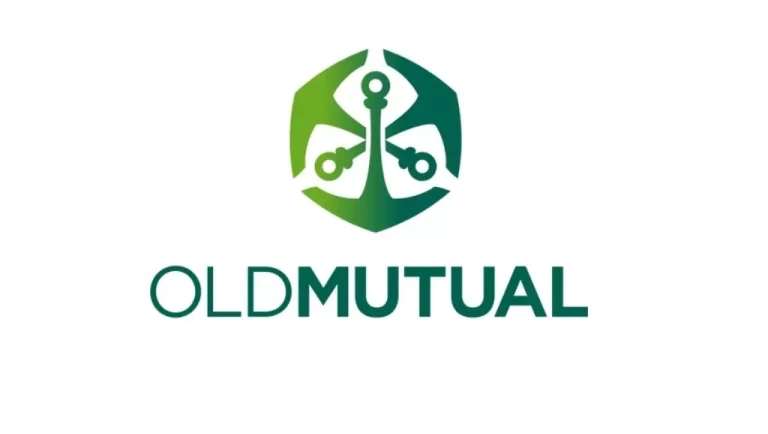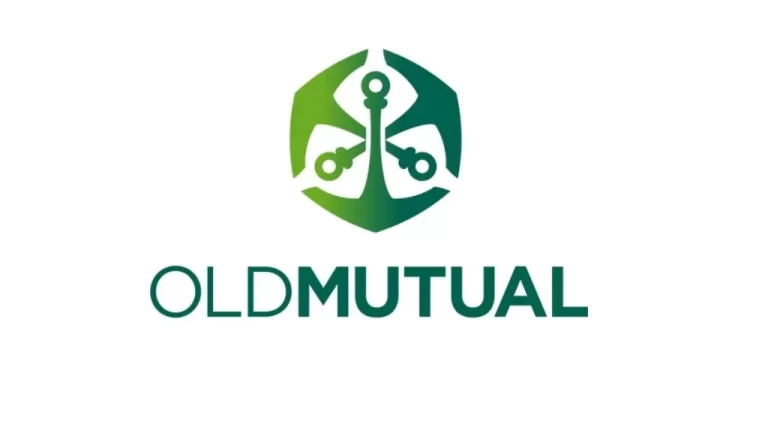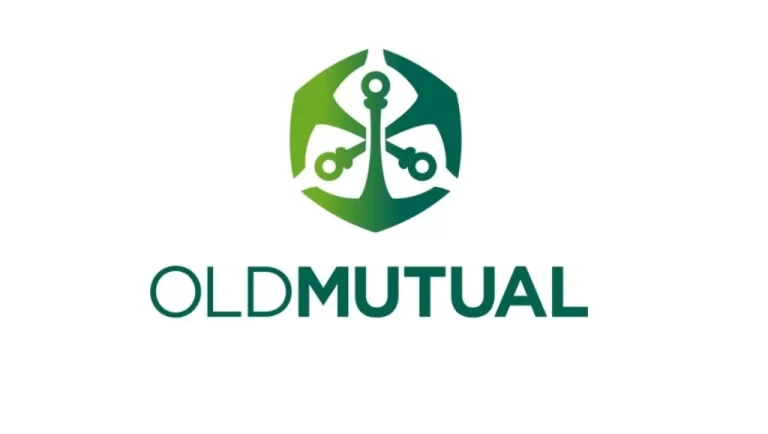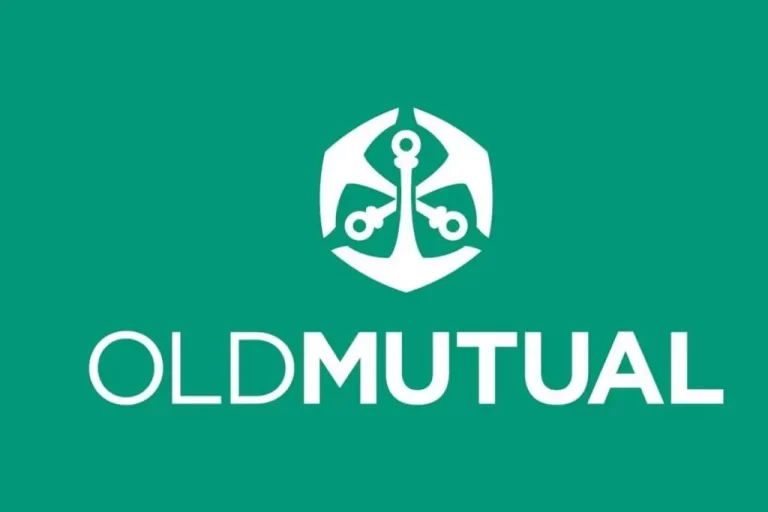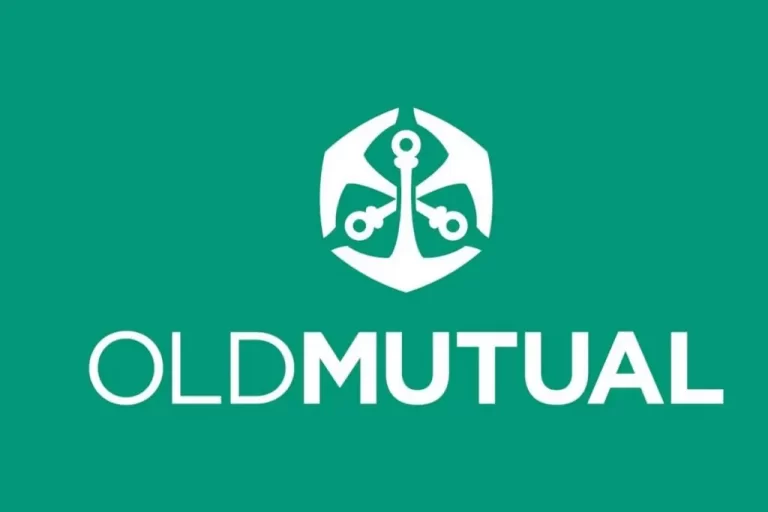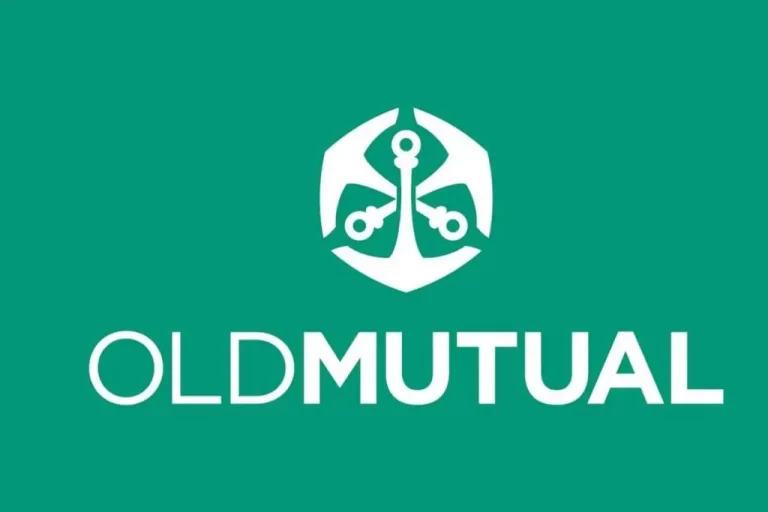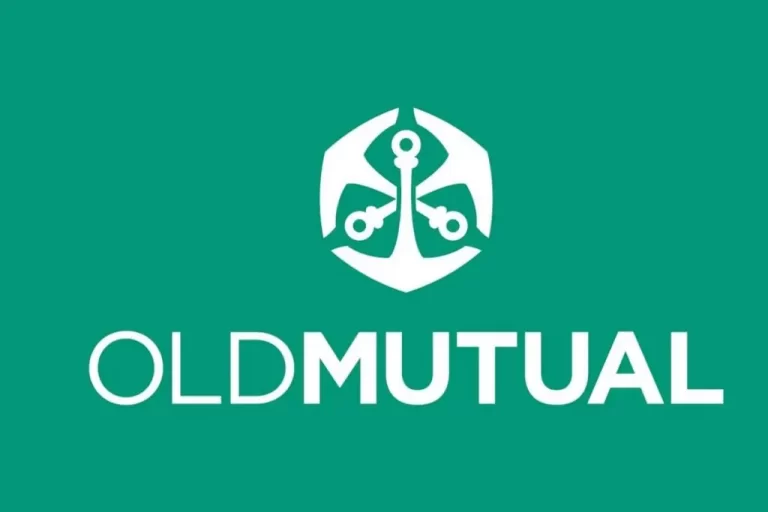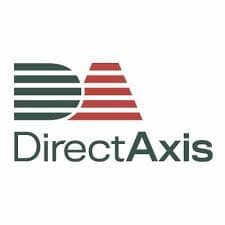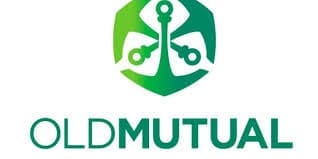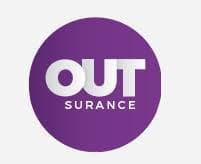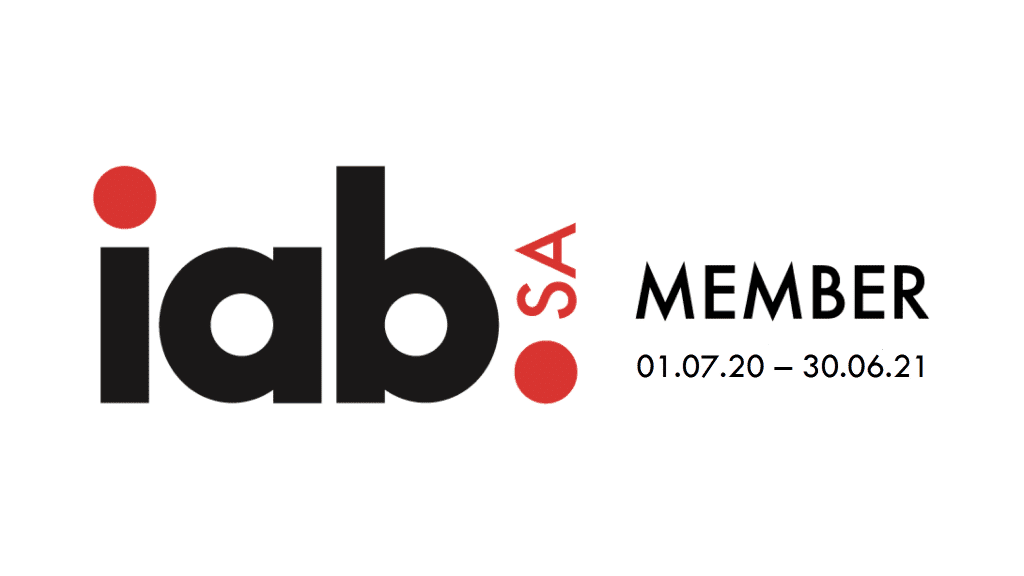The South African basic education system teaches numerous basic life lessons that every South African needs. However one key life lesson they don’t teach is how to read and understand insurance policies.
Rateweb estimates that 3 in every 5 people that buy insurance in South Africa are over charged and they don’t know it. Imagine going to school so that you can earn a lot money, only to lose most of your money because you don’t know how to read and understand insurance policy documents. Its time to wise up.
List of insurance policy documents
For short-term policies, like car insurance or home insurance, you might not receive any documents other than your application details and your policy.
But if you sign up for a long-term policy like life insurance or hospitalization insurance, you will typically receive some or all of the below insurance policy documents:
- Product Summary
- Benefit Schedule
- Product Disclosure Documents
- Know Your Client (KYC) Form
- Application Form
- Policy Contract
- Guide to Insurance
- Direct Purchase Insurance factsheet and Checklist
Glossary of common insurance terms in South Africa
Insurance policy text might look complicated at first sight. However, as soon as you understand common and key terms, you will understand that its generally repeating the same thing over and over again.
Before you go through everything, take a look at the terms you are likely to come across whenever you are engaging with insurance text.
Benefit – The incidents and circumstances you are being protected against. If they take place, you will receive a payout from the insurer. For instance, if your plan includes benefits for hospitalization, you will receive (an) insurance payout(s) if you get hospitalized.
Cash value – Amount of money that is accumulated over time by hybrid life insurance policies like whole life insurance, endowment plans and investment-linked insurance. You will receive the cash value of your policy when the date scheduled for payout arrives, or when you surrender your policy.
Claim – A claim is made by you to obtain the coverage provided by the insurance policy. For instance, if you buy travel insurance for a trip and then your flight gets cancelled with no refund, you can make a claim for the cost of your air tickets.
Co-insurance – Percentage of your bill that you must cover on your own and that will not be paid by the insurer. Most commonly seen in hospitalisation insurance.
Conditions – The obligations and responsibilities for you and the insurer. Make sure you fulfil all these conditions or you might lose your insurance coverage.
Deductible – Amount of money that you must pay on your own before you can start to make an insurance claim. If you have a hospitalization insurance policy with a deductible of R5,000 and you incur a hospital bill of R13,000, you must pay the first R5,000 of the bill and then make a claim for the remaining R8,000 (subject to any co-insurance that must be paid by you on the remaining R8,000). Most commonly seen in hospitalization insurance.
Entry date, policy date – The date that your insurance coverage starts.
Exclusion – Exclusions indicate situations where you will not receive insurance coverage. For instance, if you have a travel insurance policy that excludes you from coverage if you participate in extreme sports, it would be a good idea to avoid cliff diving on your trip as you won’t be able to make a claim for medical costs incurred while doing so.
Policyholder – That’s you, the person being protected by the insurance.
Premiums – The price you are paying for your insurance policy.
Sum assured – The amount your policy will pay out if the event against which you are insured takes place. If you have a life insurance policy with a sum assured of R7 000,000, a sum of R7 000,000 will be paid out to your beneficiaries if you die.
Surrender value – When you choose to give up a policy with cash value (eg. whole life insurance, endowment plans or investment-linked insurance), the surrender value is the amount of cash you will receive in return.
Termination – If your insurance cover gets terminated, it comes to an end prematurely.
How to read a South African insurance product summary
Your insurance product summary summarizes in a “few” words the key features of your insurance policy.
It usually begins with a table on the first page, followed by a breakdown of the main categories of coverage. Skip to the end of the document and you might find information about your premiums and other info like loyalty bonuses.
Skim through this document each time you purchase or renew a policy just so you don’t run the risk of neglecting to make a claim when you could have. You might find it useful to highlight the titles of the main categories of coverage so you can see at a glance what you can make claims for.
How to read a benefit/policy illustration
Policy illustrations or benefit illustrations show, using tables, the benefit amounts you will receive in various situations.
This document is typically issued to life insurance policyholders and might include information such as your estimated insurance premiums if you renew your plan (for term insurance).
For policies with cash value (i.e. hybrid life insurance plans), the benefits table will show how much you will pay into your policy, as well as your projected non-guaranteed returns and estimated surrender value over time.
The policy illustration document can help you plan for the future by anticipating your future premiums or returns, so keep it at hand when planning your finances. However, do take the figures with a grain of salt as any estimates or non-guaranteed returns are not set in stone.
How to read an insurance premium table
The premium table indicates the premiums you will have to pay over time.
For instance, if you have hospitalization insurance, the premium table will show how much you need to pay according to your age, and you can pre-empt the rise of your premiums as you move into the next age bracket.
Keep your premium table handy when planning for the future, as it will show how our insurance costs rise as you age. You can also refer to your premium tables when comparing insurance policies from other insurers, in case you are thinking of switching plans.
Take note of insurance policy exclusions!
It’s always a good idea to have a look at the list of policy exclusions to avoid any nasty surprises.
You don’t want to pay insurance premiums year after year only to discover in twenty years’ time that your hospitalization policy had actually been excluding you from claiming for a pre-existing condition from the start.
Policy exclusions are also important to look at when comparing plans. Two policies from different insurers may look identical, but one may impose much more onerous exclusions than another.









